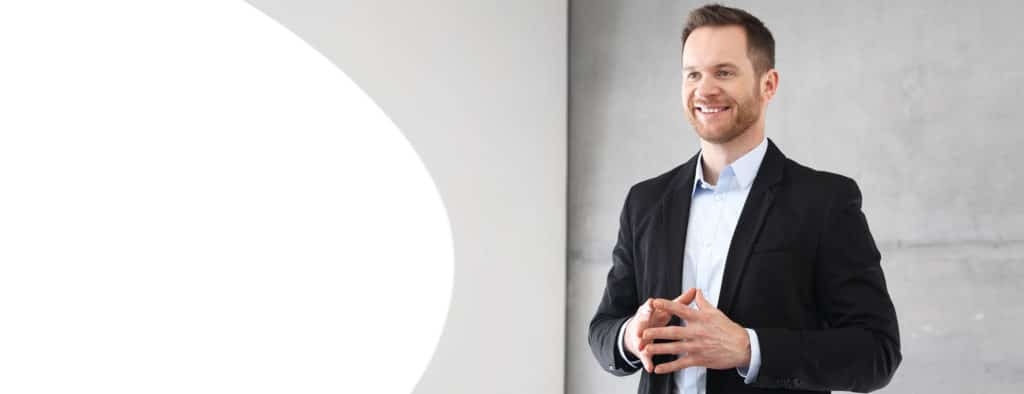
It’s said that our verbal communication makes up only 7% of our communication, 38% is made up by our tone of voice, and the remaining 55% is accounted for by our body language. It has a huge say in how we relate to one another. But it’s something we can so easily become unaware of. It doesn’t matter if you’re saying all the right things. If your body language is telling a different story to the words coming out of your mouth, it’s going to cause confusion. Here are of some of the most common signs of body language and what they’re saying about you.
Smiling: A smile isn’t just a smile. It can be a smirk, a laugh, grimaced expression or even sarcastic. When you’re genuinely happy, your smile spreads from cheek to cheek and reach all the way to your eyebrows.
Lip Biting: This is usually a sign of anxiety or stress. It might be that the person is uncomfortable in an unfamiliar situation. But it can also be used as a flirtatious signal.
Pursed Lips: These can indicate tension, frustration or disapproval. They can also be a sign of suppressed anger, and could also be a literal indication that someone is holding their tongue.
Eye Contact: The way you look at someone is one of the most immediate indicators of how you’re feeling deep down. You know when someone has checked out of the conversation because their eyes glaze over. But equally, starring too hard can be intense and breaking away too often can be a sign of disinterest.
Blinking: We all have to blink. It’s a subconscious body mechanic that helps us keep our eyes free from dirt. But it can be a huge tell for how people are feeling. People usually blink when they’re under stress. It’s also not uncommon for people to consciously reduce their blinking to conceal their thoughts.
Pupil Size: It’s normally light levels that control the pupil dilation. But emotions are also known to have an effect on them, as well. The pupils tend to dilate most when we’re feeling happy or excited and contract when we’re feeling angry or stuck in a negative mood.
Excessive Nodding: This can be taken a number of ways. It can be a sincere gesture of wanting to acknowledge everything that’s being said. But it can also be a form of overcompensating behaviour when the person in question feels they speaking to someone superior to them.
Folded Arms: This is a defensive position. When you do this, you’re creating a literal barrier between yourself and the other person who’s speaking. But it can also be a sign of uncomfortableness and wanting to exit feeling confident enough to engage.. It depends on the manner in which the arms are closed.
Hands on Hips: This is a more confident position to assume. You can often see it in some elite-level athletes. It’s an open posture that’s inviting people into their space. The body is exposed, and it’s indicating that a person is ready for action. Although, in some instances, it can be misconstrued as being threatening.
Crossed Legs: Crossed legs give off the same energy as crossed arms. When sat down, it could indicate a sense of anxiety and defensiveness. But standing up, it could mean that a person is a little shy and submissive.













